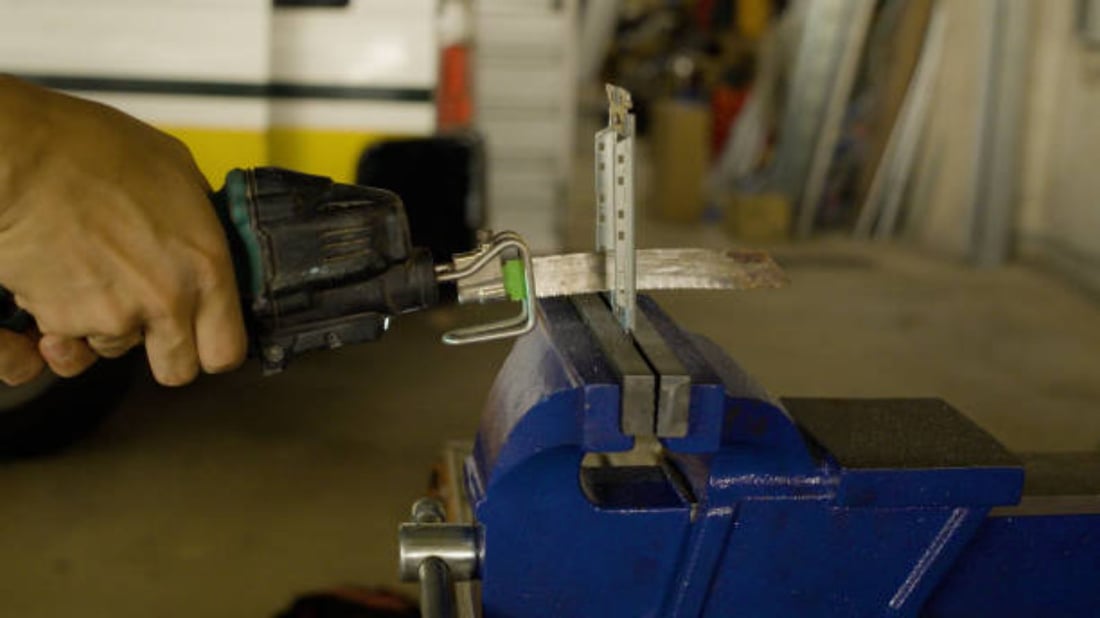Introduction
If you work with composite materials, you understand the importance of using the right tools to achieve precise cuts. Using the wrong tool can result in cracks, chips, and even damage to your tools. This is why carbide-tipped saw blades are an excellent choice for cutting composite materials. In this article, we will explore the benefits of using a Carbide-tipped saw blade for composite materials, how they work, and how to choose the right one for your needs.
What Are Carbide-Tipped Saw Blades?
Carbide-tipped saw blades are circular saw blades made from high-quality steel with carbide teeth brazed onto them. Carbide is a hard and durable material that can withstand high temperatures. The carbide teeth on the saw blade are designed to cut through tough materials like composites, wood, metal, and plastics.
Why Use a Carbide-Tipped Saw Blade for Cutting Composite Materials?
Composite materials are made up of two or more materials with different properties. They can be difficult to cut because they are tough, hard, and can contain abrasive materials like glass or carbon fibers. Using a carbide-tipped saw blade for composite materials ensures that you can achieve precise cuts without damaging the material or the blade. These saw blades are also designed to last longer than traditional saw blades, meaning they require less frequent replacement.
How Do Carbide-Tipped Saw Blades Work?
The carbide teeth on the saw blade are designed to cut through composite materials by ripping and shearing them. The teeth are angled, which helps to prevent the saw blade from getting bogged down or clogged with material. The carbide material can withstand high temperatures generated during a cut, which also helps prevent blade damage.
Types of Carbide-Tipped Saw Blades
There are several types of carbide-tipped saw blades available for cutting composite materials. These include general-purpose blades, finishing blades, and laminates/veneer blades. General-purpose blades are suitable for cutting a variety of materials, including composites. Finishing blades are designed for finer cuts and are ideal for creating smooth edges on composite materials. Laminates/veneer blades are designed for cutting thin and fragile materials like composites and laminates.
Choosing the Right Carbide-Tipped Saw Blade for Your Needs
Choosing the right carbide-tipped saw blade for your needs depends on the type of composite material you are cutting. If it is a soft composite material, a general-purpose blade may be sufficient. For harder or thicker materials, a specially designed laminate/veneer blade or a finishing blade may be necessary. It is also important to consider the size of the saw blade and the power of the saw you are using. Make sure the blade size matches the saw and that the saw has enough power to handle the blade.
How to Maintain Your Saw Blade
To ensure that your carbide-tipped saw blade lasts as long as possible, it is essential to maintain it properly. It is recommended to clean the blade after every use to remove any residue or debris. Using a blade cleaning solution or rubbing alcohol can help remove any adhesive or glue residue. It is also important to sharpen the blade regularly. Over time, the teeth on the blade can become dull and damaged, affecting the quality of the cuts.
Advantages of Using Carbide-Tipped Saw Blades
The advantages of using a carbide-tipped saw blade for composite materials include:
- Durable and long-lasting
- Precision cuts
- Reduced risk of blade damage
- More efficient than traditional saw blades
- Suitable for a variety of composite materials
Disadvantages of Using Carbide-Tipped Saw Blades
The disadvantages of using a carbide-tipped saw blade for composite materials include:
- Can be more expensive than traditional saw blades
- May require special cleaning and maintenance
- May require a more powerful saw to operate effectively
Conclusion
If you work with composite materials, a carbide-tipped saw blade can make a significant difference in the quality of your cuts. These saw blades are durable, long-lasting, and designed to cut through tough materials without damaging the blade or the material. By choosing the right blade for your needs and maintaining it properly, you can achieve precision cuts every time.


